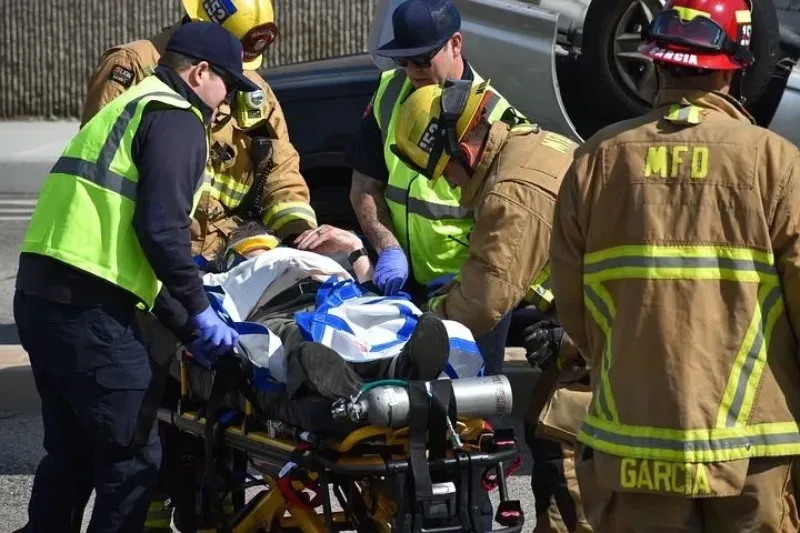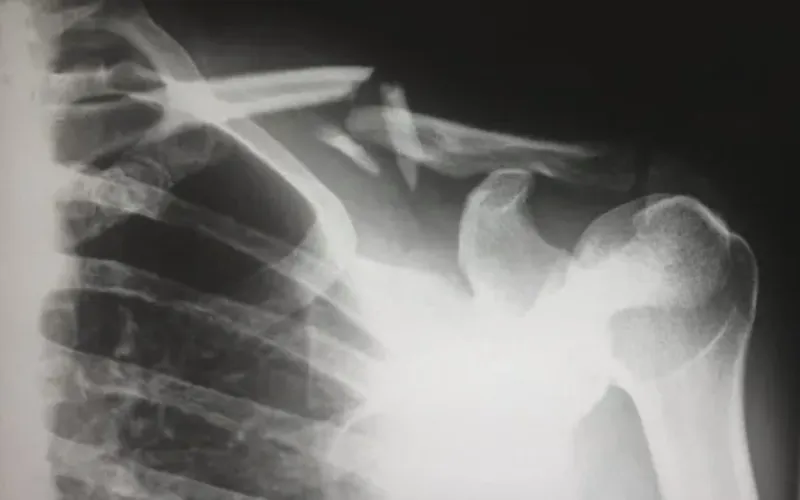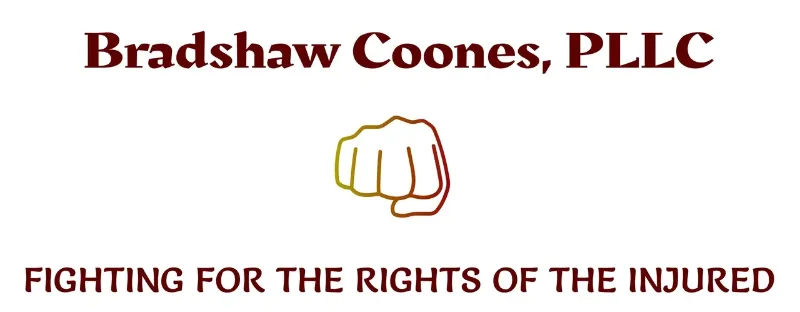
After 20 years of working with personal injury victims, I have learned that treatment of injuries is sometimes the last thing that a victim thinks about, after their accident. If a victim is in a car wreck and they are “invested” in their car, financially or emotionally, sometimes, getting their car back to pristine condition is their main concern. In many instances, following a motorcycle accident, even if the victim sustained broken bones, the main focus is getting their bike (their baby) back in shape. Sometimes it is just in our DNA to focus on things besides our physical well-being. After a personal injury, it is VERY important to make sure that your body is good, because this may be the only chance that you have to get the treatment you need.
1. If you are not injured, then no, extended treatment is not necessary.

It is not uncommon to be involved in a car accident, slip and fall incident, or other type of accident, caused by the negligence or poor choices of another, and walk away injury-free. In the article, Car Accident Statistics, found at https://www.driverknowledge.com/car-accident-statistics/, it was reported that 33% of car wrecks result in fatal and non-fatal injuries, leading to the conclusion that 67% of car accidents result in no injury. Just to be safe, it is perfectly acceptable to be checked out, by a doctor, after an accident, but if the doctor clears you, medically, then you do not have to treat any longer. One warning though, is that injuries from accidents do not always present themselves immediately, especially when the victim is still under the adrenaline rush from the accident itself, so be careful not to ever settle a claim too early.
I worked with a victim of a motorcycle wreck, who broke his right arm. The injury was obvious because it was an open fracture and his bone popped out through his skin. This was his immediate concern. He had surgery, followed up with his orthopedic surgeon, and followed all of the doctor’s orders. He had pain in his left hand, but it was nothing compared to the right arm pain, so he did not even mention it to his doctor. After 5 weeks of continued pain in the left hand, he mentioned it to the surgeon, an x-ray was ordered and he had broken a bone in his left hand as well. This is a good example of what could happen if you do not give your body time to heal and settle a claim too quickly.
2. If you are injured, then yes; you need to be treated until your doctor releases you!

Car wrecks, tractor-trailer collisions, slip-and-fall incidents, and other accidents can cause a wide range of injuries, from a neck strain, all the way to death. These injuries can lead to other, possibly life-long, damages, such as lost wages, loss of earning capacity, scarring, disfigurement, loss of bodily functions, and sadly, a long list of other issues. The injuries must be treated promptly and properly, for proper healing and to overcome any arguments from the adjuster, regarding gap in care or minimal treatment. For a jury to have written evidence of the actual injuries, the victim must be treated by a doctor; the doctor’s medical records are evidence that the jury can touch, with their own hands, and review, with their own eyes. The doctor can also give testimony, regarding the information in his/her records. When dealing with an injury claim, documentation is one of the most important concerns and medical records are a great source of documentation.
3. What kind of issues do liability adjusters look at, regarding treatment, following a personal injury?

a. Gaps in treatment
This is the most common argument that I hear from adjusters and the most misunderstood argument that I explain to clients. A gap, of more than two (2) weeks, in treatment, is detrimental, not only to the claim but more importantly, to the proper and timely healing of the injuries. Adjusters argue that if the victim were hurt that bad, they would not have allowed so much time to pass between treatment. Adjusters also like to argue that something else must have happened, in that gap of time, to cause the pain to return. It is very important to follow your doctor’s orders, regarding the treatment plan, to beat this argument.
b. Excessive treatment
Adjusters look to “established guidelines” to determine how much treatment a victim should receive. A common argument that adjusters make is that the victim is treated too long, according to these “guidelines”. Adjusters rarely take into consideration that every “body” is different and the guidelines are general, not case specific. It is very important to communicate with your doctor, as far as how you are feeling and how the treatment is helping, so you can be released in a “reasonable” time frame.
c. Reasonable treatment
Adjusters also look to “established guidelines” to determine what kind of treatment is reasonable for the “mechanism of the injury”. For example, if you fell a flight of stairs because a step was missing in the middle of the stairs, it would be reasonable that you could argue pain and injury basically, anywhere on your body. In the example above, the “mechanism of injury” is the fall down the stairs. Where it gets tricky is when the adjuster tries to argue that the victim’s injuries could not have been caused in a car wreck, with low property damage, because the “mechanism of injury” (the car wreck) was not significant enough to cause any damage to the body inside the vehicle.
4. What are the most important things about treatment, following a personal injury?

a. Be consistent in your treatment. Do not allow any gaps in treatment, unless they are ordered by the doctor. There are times in life, when gaps in treatment are unavoidable, like other, urgent medical conditions, requiring treatment, pregnancy, or a death in the family. Adjusters typically accept gaps in treatment, due to issues like these.
b. Follow your doctor’s orders. If your doctor orders you to go to therapy, go to therapy. If your doctor orders you to rest, rest. If your doctor orders you not to drive, don’t drive. If your doctor orders you not to go to work (and you have that luxury), don’t go to work.
c. Be DETAILED when talking to your doctor about your injuries. Make sure you tell your doctor everything that hurts. Do not try to be tough. The adjuster (and ultimately, the jury) needs to know exactly what you are going through, because of this injury. Your aches and pains need to be noted in your doctor’s medical records because those records are evidence for the adjuster and evidence for your trial. You need to make sure the doctor is writing down and noting what you are saying so that the jury can see it in the records.
In conclusion, some treatment, at least one visit to make sure your body is okay, after an accident, is the best route. At that point, follow the advice of your doctor, but also listen to your body. If you get your body checked out and develop pain later, get a second opinion. When you are dealing with a personal injury claim, you typically only get one bite at the apple, meaning, there is only one settlement and one release and as soon as you sign that release (unless it includes an amount for future medicals), your options for additional payment for treatment, from the negligent party, are gone.


